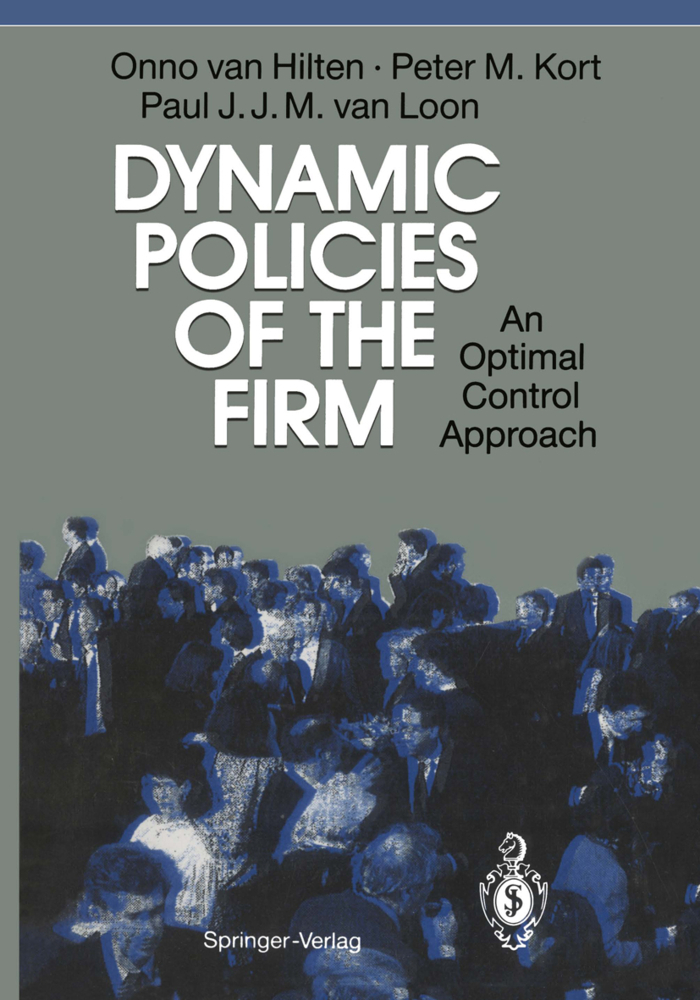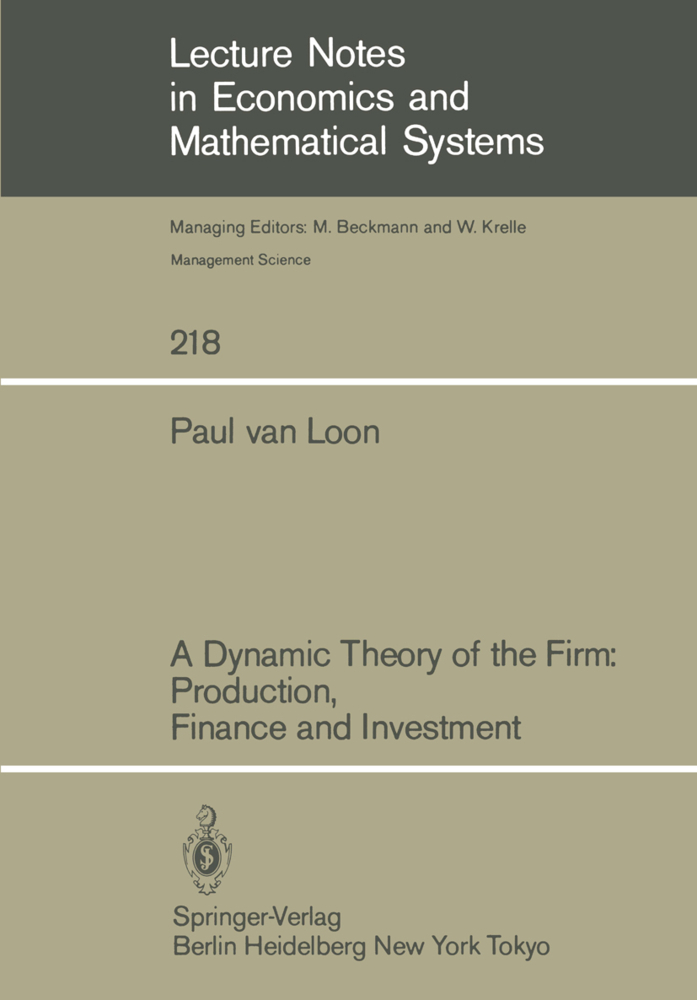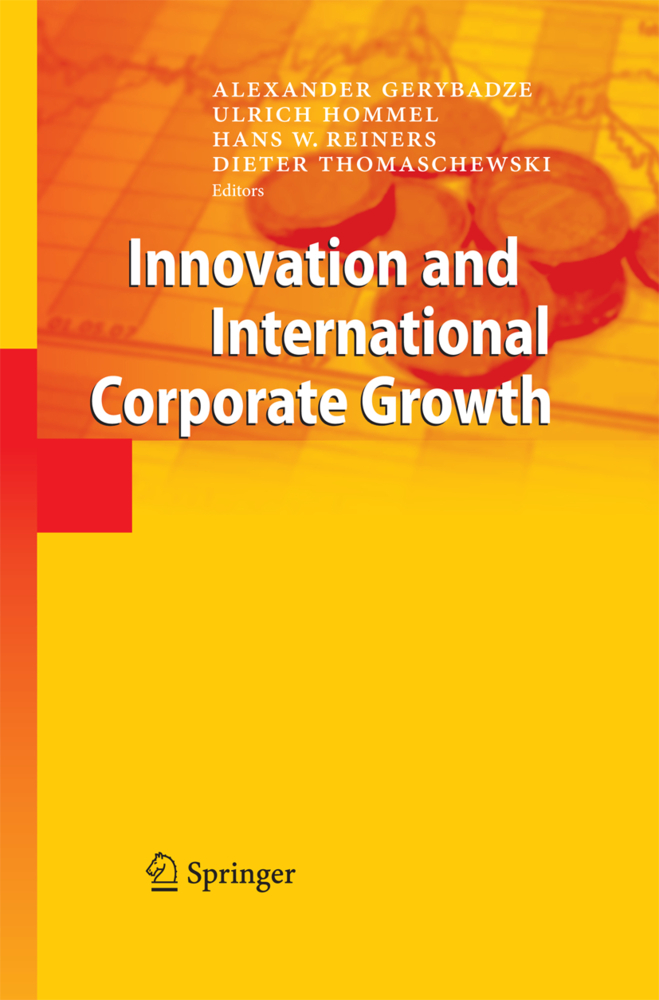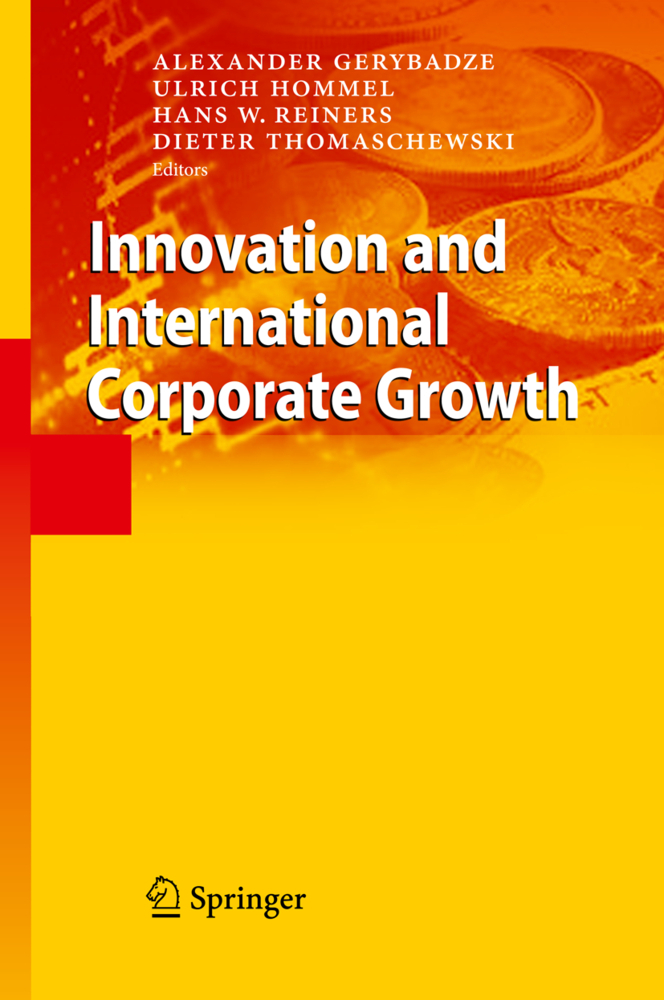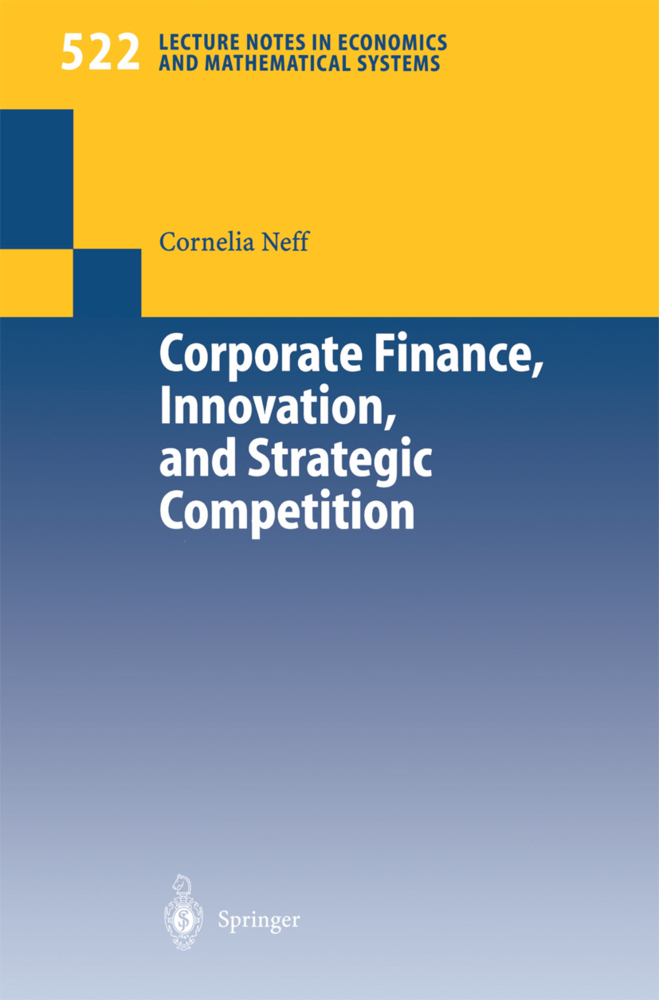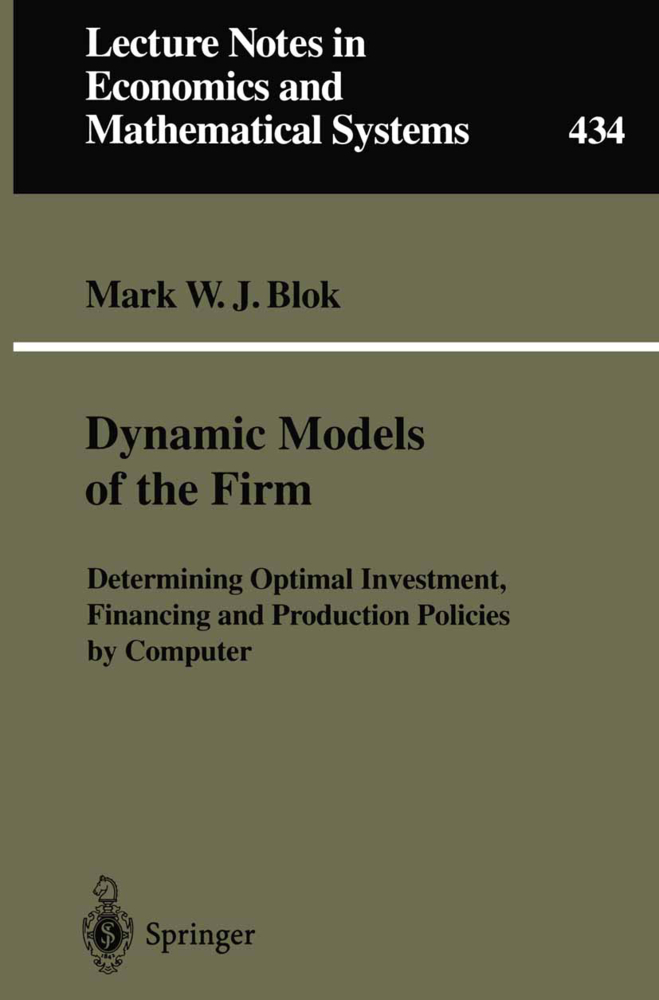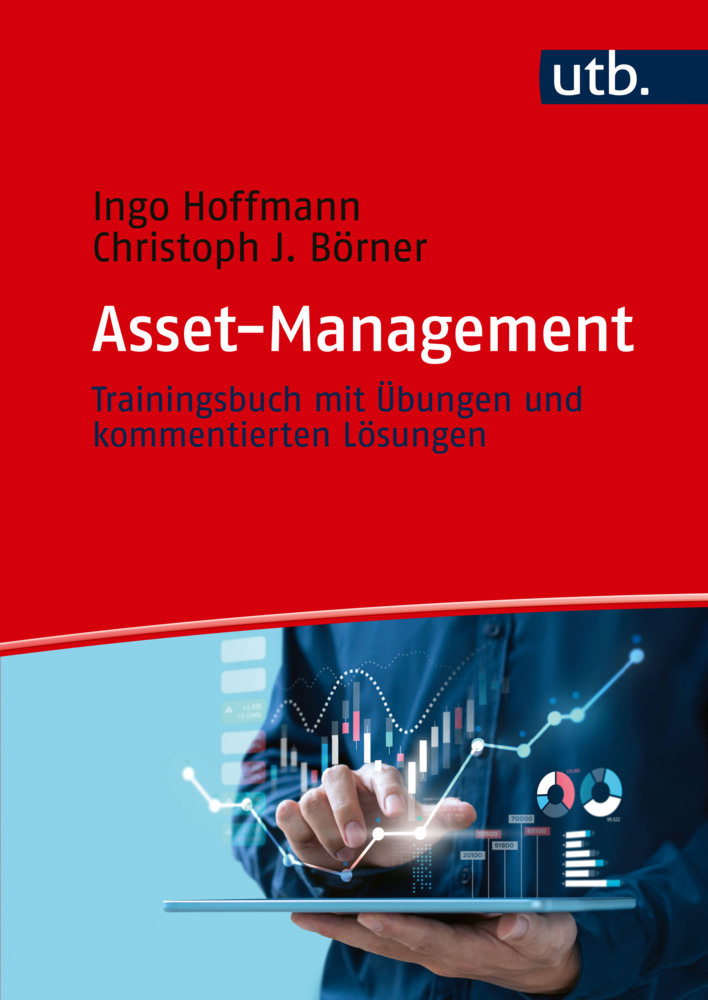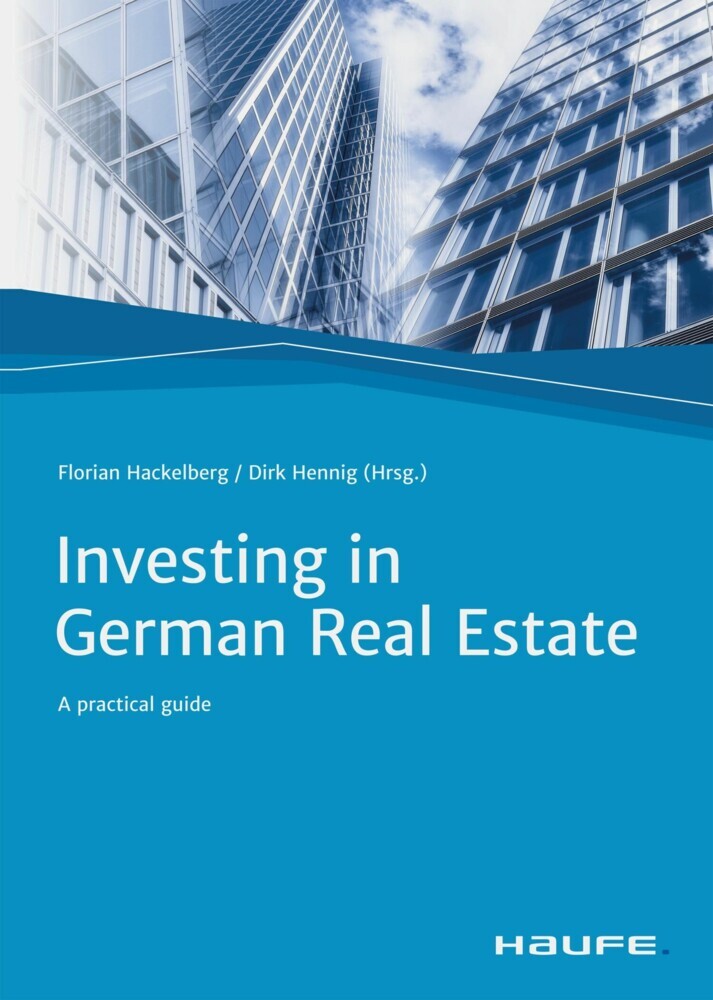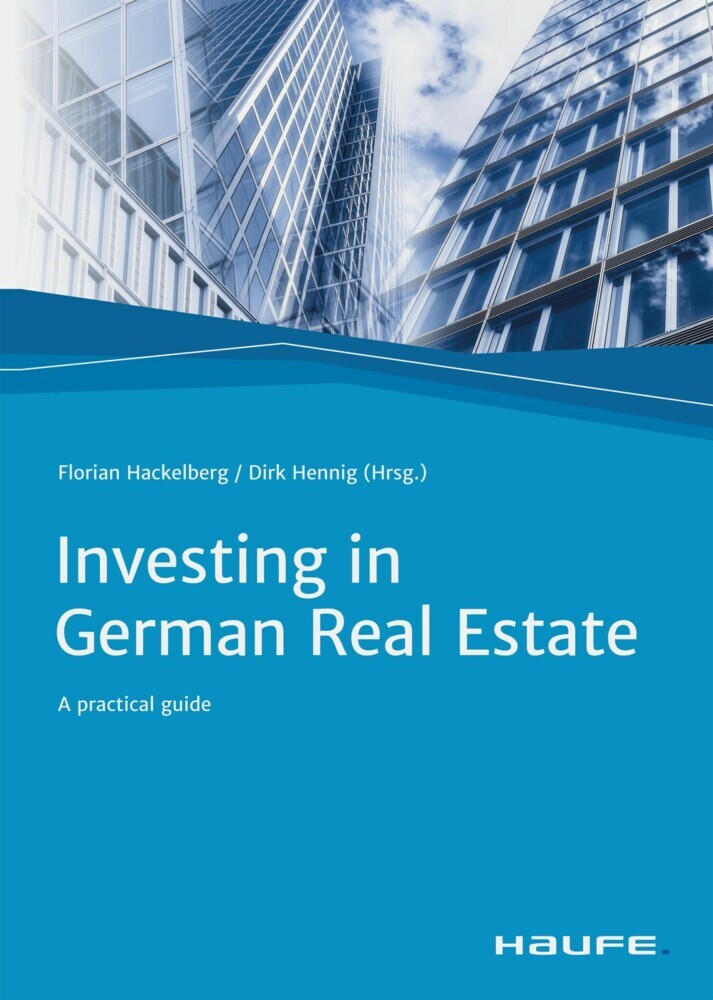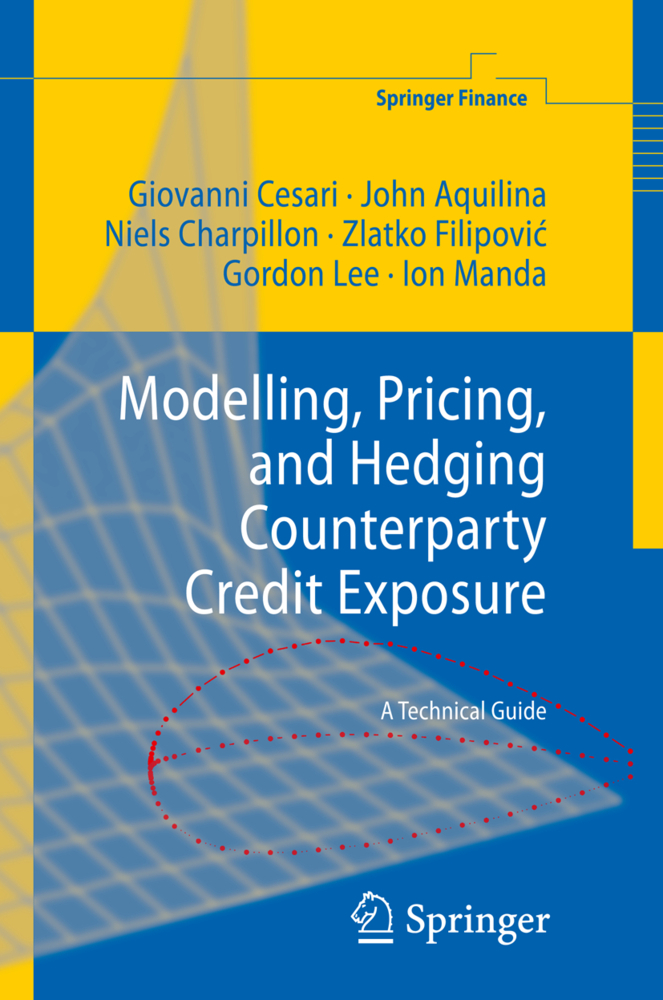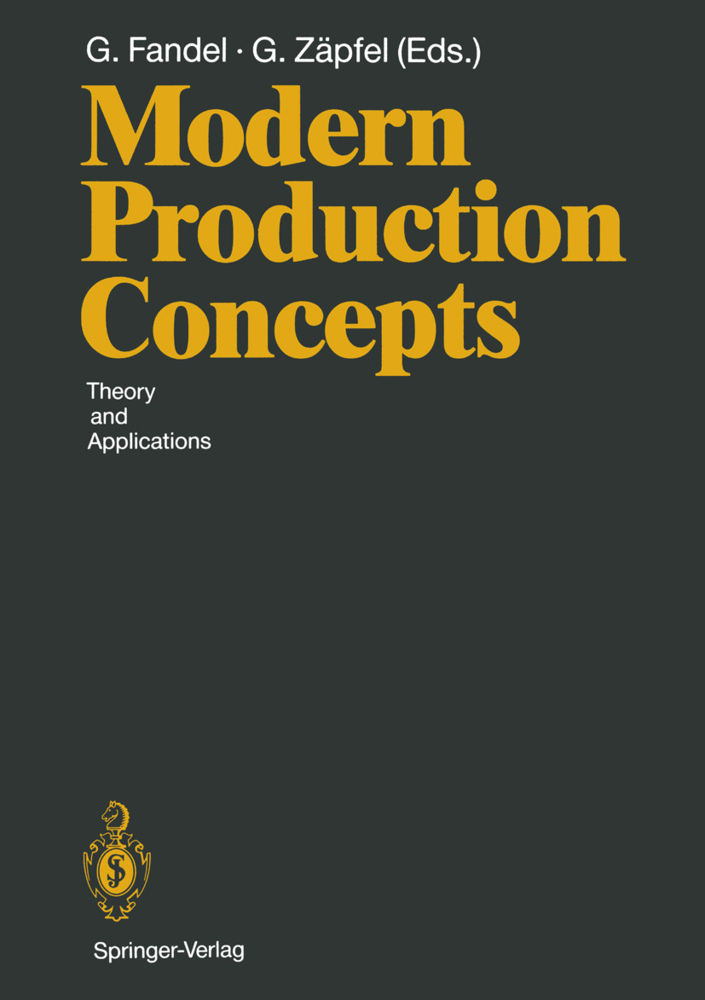Dynamic Policies of the Firm
An Optimal Control Approach
Dynamic Policies of the Firm
An Optimal Control Approach
In this book we open our insights in the Theory of the Firm, obtained through the application of Optimal Control Theory, to a public of scholars and advanced students in economics and applied mathematics. We walk on the micro economic side of the street that is bordered by Theory of the Firm on one side and by Optimal Control Theory on the other, keeping the reader away from all the dead end roads we turned down during our 10 years lasting research. We focus attention on the expressiveness and variety of insights that are obtained through studying only simple models of the firm. In this book mathematics is our tool, insight in optimal corporate policy our goal. Therefore most of the mathematics and calculations is put into appendices and in the main text all attention is on modelling corporate behaviour and on analysing the results of the calculations. So, the main text focusses on micro economics, even more specific: on Theory of the Firm. In that way this book is contrasted from such famous text books in applied Optimal Control with a much broader portfolio of applications, like Feichtinger & Hartl (1986) or with a more rigorous introduction into theory, like Seierstad & Sydsaeter (1987).
2. A Survey of Dynamic Theories of the Firm
3. Some Predecessors
B. Investment and Finance
4. A Dynamic Model of the Firm
5. Investment and Finance
C. Production
6. Production, Employment, Finance and Investment
7. A Further Analysis
8. Production, Pollution, Finance and Investment
D. Dynamic and Risky Environment
9. Production, Finance and Investment During a Business Cycle
10. Production and Investment with Technological Progress
11. Production, Finance and Investment When Demand is Uncertain
12. Epilogue
Appendix 1. An Interpretation of the Maximum Principle
1. Introduction
2. Technical terms
3. The Maximum Principle of Pontryagin
4. Mixed control constraints
5. Pure state constraints
6. Problems with infinite horizon
Appendix 2. Solutions of the Models of Chapter 3
1. Introduction
2. A general solution procedure
3. The model of Jorgenson
4. The model of Gould
5. The model of Ludwig
6. The model of Lesourne and Leban
7. The model (s) of Leban and Lesourne
8. The model of Nickell
9. Summary
Appendix 3. Solution of the Model of Chapter 4: A Step by Step Description
1. A reduced form of the model
2. Optimality conditions
3. Infeasible paths
4. Feasible paths
5. Final paths
6. Coupling procedure
6.1. Strings ending with path 5
6.2. Strings ending with path 4
7. Summary
Appendix 4. Solutions of the Models in Chapters 5, 6 and 8: The Main Lines
1. Personal taxation model
2. NPV formulas of the model of Chapter 4
3. Convex adjustment costs
3.1. Optimal trajectories
3.2. Net present value formulas
3.3. Extension of the planning period
3.4. Infinite time horizon
4. The model of Chapter 6
5. Pollution model
5.1. Reformulation of the model
5.2. Solution procedure
Appendix 5. Specific Problems in Solving the Models of Chapters 9 and 10
1. Solution of the model of Chapter 9
1.1. Optimality conditions
1.2. String 1002D2-1
1.3. String 1-2-3-2-1
2. The Maximum Principle for the model in Chapter 10
2.1. The model
2.2. The trie
2.3. Necessary optimality conditions for a special case
2.4. Necessary conditions for the general model
3. Existence of steady state solution in Section 10.4
Appendix 6. Stochastic Dynamic Programming and the Additional Solutions and Mathematical Proofs of Chapter 11
1. Stochastic dynamic programming
2. Additional solutions and mathematical proofs
List of Symbols
References
Author Index.
A. State of the Art
1. Introduction2. A Survey of Dynamic Theories of the Firm
3. Some Predecessors
B. Investment and Finance
4. A Dynamic Model of the Firm
5. Investment and Finance
C. Production
6. Production, Employment, Finance and Investment
7. A Further Analysis
8. Production, Pollution, Finance and Investment
D. Dynamic and Risky Environment
9. Production, Finance and Investment During a Business Cycle
10. Production and Investment with Technological Progress
11. Production, Finance and Investment When Demand is Uncertain
12. Epilogue
Appendix 1. An Interpretation of the Maximum Principle
1. Introduction
2. Technical terms
3. The Maximum Principle of Pontryagin
4. Mixed control constraints
5. Pure state constraints
6. Problems with infinite horizon
Appendix 2. Solutions of the Models of Chapter 3
1. Introduction
2. A general solution procedure
3. The model of Jorgenson
4. The model of Gould
5. The model of Ludwig
6. The model of Lesourne and Leban
7. The model (s) of Leban and Lesourne
8. The model of Nickell
9. Summary
Appendix 3. Solution of the Model of Chapter 4: A Step by Step Description
1. A reduced form of the model
2. Optimality conditions
3. Infeasible paths
4. Feasible paths
5. Final paths
6. Coupling procedure
6.1. Strings ending with path 5
6.2. Strings ending with path 4
7. Summary
Appendix 4. Solutions of the Models in Chapters 5, 6 and 8: The Main Lines
1. Personal taxation model
2. NPV formulas of the model of Chapter 4
3. Convex adjustment costs
3.1. Optimal trajectories
3.2. Net present value formulas
3.3. Extension of the planning period
3.4. Infinite time horizon
4. The model of Chapter 6
5. Pollution model
5.1. Reformulation of the model
5.2. Solution procedure
Appendix 5. Specific Problems in Solving the Models of Chapters 9 and 10
1. Solution of the model of Chapter 9
1.1. Optimality conditions
1.2. String 1002D2-1
1.3. String 1-2-3-2-1
2. The Maximum Principle for the model in Chapter 10
2.1. The model
2.2. The trie
2.3. Necessary optimality conditions for a special case
2.4. Necessary conditions for the general model
3. Existence of steady state solution in Section 10.4
Appendix 6. Stochastic Dynamic Programming and the Additional Solutions and Mathematical Proofs of Chapter 11
1. Stochastic dynamic programming
2. Additional solutions and mathematical proofs
List of Symbols
References
Author Index.
Hilten, Onno van
Kort, Peter M.
Loon, Paul J.J.M.van
| ISBN | 978-3-642-77886-5 |
|---|---|
| Artikelnummer | 9783642778865 |
| Medientyp | Buch |
| Auflage | Softcover reprint of the original 1st ed. 1993 |
| Copyrightjahr | 2012 |
| Verlag | Springer, Berlin |
| Umfang | XIII, 445 Seiten |
| Abbildungen | XIII, 445 p. |
| Sprache | Englisch |

